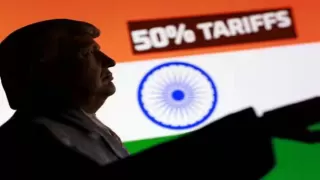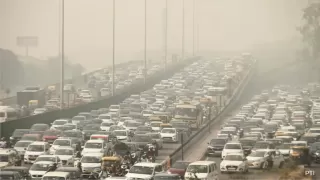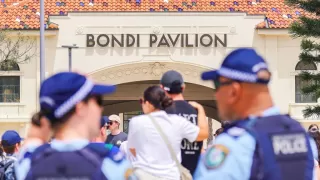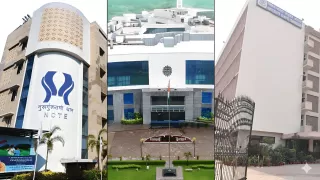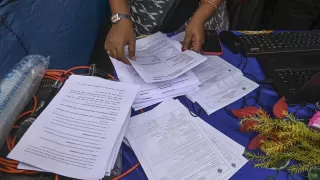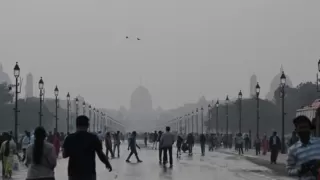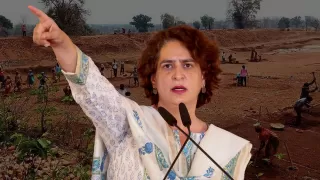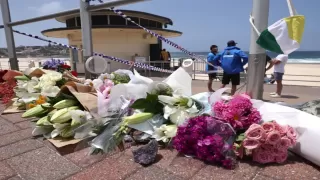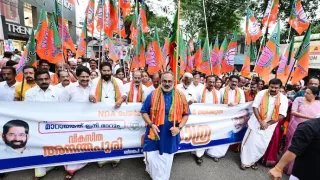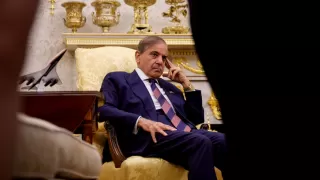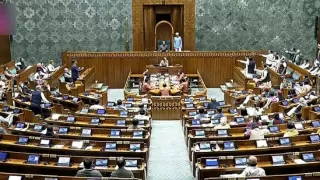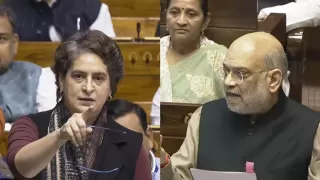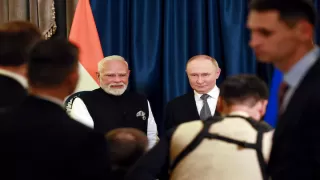The political landscape of Karnataka has once again entered a turbulent phase, exposing a long-simmering rivalry within the state’s ruling Congress. The uneasy balance between Chief Minister Siddaramaiah and Deputy Chief Minister DK Shivakumar has now tilted into a high-voltage confrontation, forcing the Congress high command to step directly into the crisis. Karnataka, crucial for the party’s national ambitions, now stands at a delicate crossroads as tensions intensify inside the government itself.
The Gandhi family, long accustomed to managing internal factions, faces one of its most complex challenges in recent years. With the Congress dealing with setbacks elsewhere and the Karnataka government serving as one of its few pillars of strength, the escalating feud threatens both stability and electoral strategy. The coming days may decide not just the future leadership of the state but also the party’s ability to retain power in one of its strongest bastions.
As leaders from both sides hold firm to their interpretations of earlier commitments and political expectations, the party high command is expected to mediate intensively. The stakes are high, the timelines tight, and the internal pressures mounting—making the Karnataka tussle a defining test for the Congress as it tries to restore unity before the situation spirals out of control.
Power Struggle Bursts Into the Open
Karnataka, one of the only three states where the Congress currently governs, has become the centre of a fierce political tug-of-war. The dispute between the ‘Shiva’ and ‘Sidda’ factions exploded publicly on the day Siddaramaiah completed his two-and-a-half-year mark as chief minister. For months, murmurs about an internal agreement on a rotational chief ministership circulated quietly—but on November 20, the conflict broke into the open.
DK Shivakumar has insisted that he agreed to become Deputy Chief Minister only because the Congress high command assured him that Siddaramaiah would vacate the CM’s chair after 30 months. He argues that this understanding was reached “in the presence of several top leaders,” and that the party must now honour its commitment. The declaration has put immense pressure on the leadership to intervene decisively.
Shivakumar’s Claim and Siddaramaiah’s Counterbalance
For more than a year, Siddaramaiah successfully held off leadership challenges by citing the overwhelming support of MLAs and the stability his governance brought. But Shivakumar’s decision to publicly acknowledge a “secret deal” has shifted the narrative. His camp now projects him as a loyal Congressman of four decades who has repeatedly safeguarded the party’s interests.
Siddaramaiah, on the other hand, is likely to argue that removing a popular “Ahinda” leader midway could damage the party’s standing among key voter groups. He is also expected to highlight that many legislators want him to continue until the next election cycle. If pressured to resign, he may seek time until the presentation of the state Budget or until he surpasses the tenure record of former CM Devaraj Urs.
High Command Steps In as Crisis Deepens
The situation intensified when a group of Shivakumar’s supporting MLAs travelled to Delhi and sought an urgent meeting with party president Mallikarjun Kharge late at night. This dramatic gesture triggered extensive media speculation and signaled that the internal conflict had reached a breaking point.
With both camps becoming increasingly assertive, Sonia Gandhi and Rahul Gandhi are now expected to hold the crucial meeting aimed at brokering peace. The leadership’s challenge lies in ensuring that neither faction feels sidelined, while also protecting the longevity of the Karnataka government.
Shivakumar’s Parallel Strategy to Consolidate Support
As the confrontation escalated, Shivakumar began strengthening his political network. In a strategic late-night move, he met with Satish Jarkiholi, a prominent minister from North Karnataka and an OBC leader seen as close to Siddaramaiah. Their discussion sparked widespread speculation about shifting loyalties.
Jarkiholi’s statement to the media—expressing willingness to accept any decision from the high command—only deepened the intrigue. Many observers believe Shivakumar is attempting to build a coalition capable of forcing the leadership to honour the claimed agreement from 2023.
The Road Ahead: Resolution or Delay?
The upcoming meeting between the two leaders and the Congress high command is being closely watched across the country. While some believe a compromise formula may emerge, others argue that the leadership is more likely to delay the decision to maintain temporary peace.
Shivakumar is expected to demand clarity on the roadmap for leadership transition. Siddaramaiah, meanwhile, may resist any immediate change and rely on his legislative support base to argue for continuity. For the Congress, Karnataka is too important a state to risk instability, and the high command must balance political reality with organisational discipline.
What the Crisis Means for Congress
The power tussle has exposed deep fractures within the party’s state leadership. With upcoming elections and national political realignments underway, the Congress cannot afford a public meltdown. Karnataka provides not only electoral strength but also narrative strength for the party at a time when it seeks revival.
Whether the high command can navigate this crisis successfully will determine both the longevity of the Siddaramaiah government and the political future of DK Shivakumar. The events unfolding in the coming weeks may reshape Karnataka’s political landscape for years to come.
Also Read: Hong Kong Fire Sparks Alarming Review of Bamboo Scaffolding




